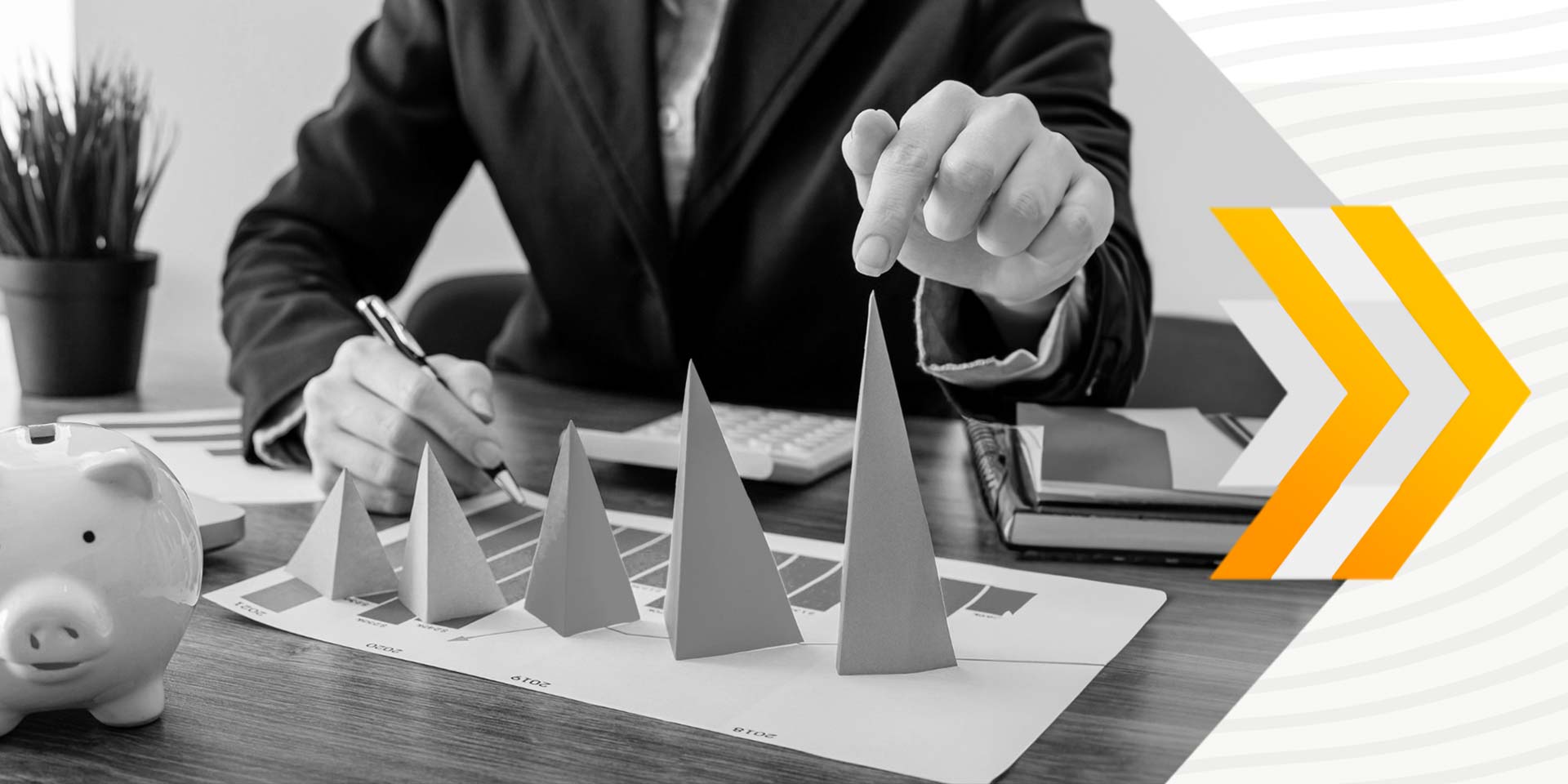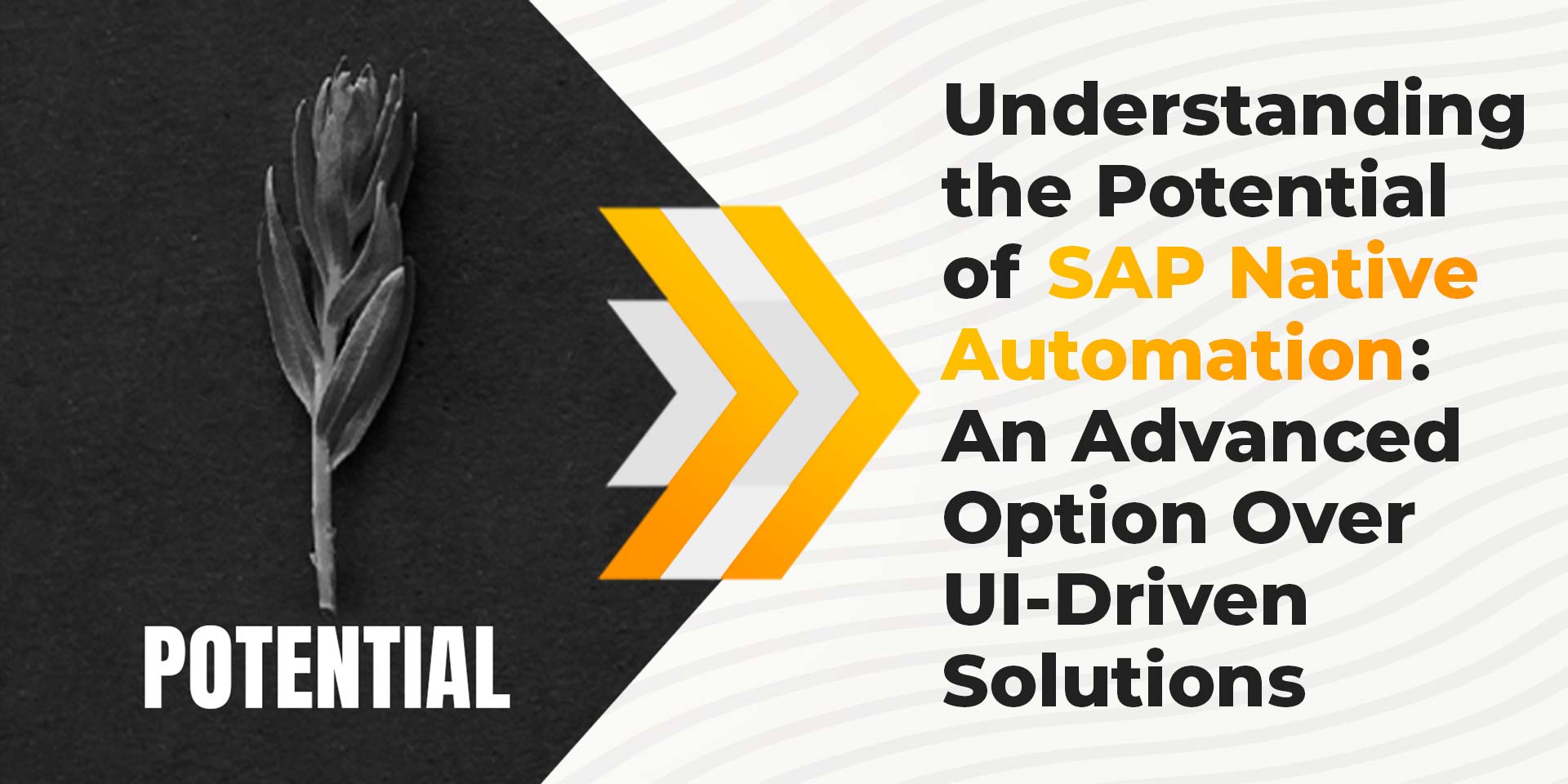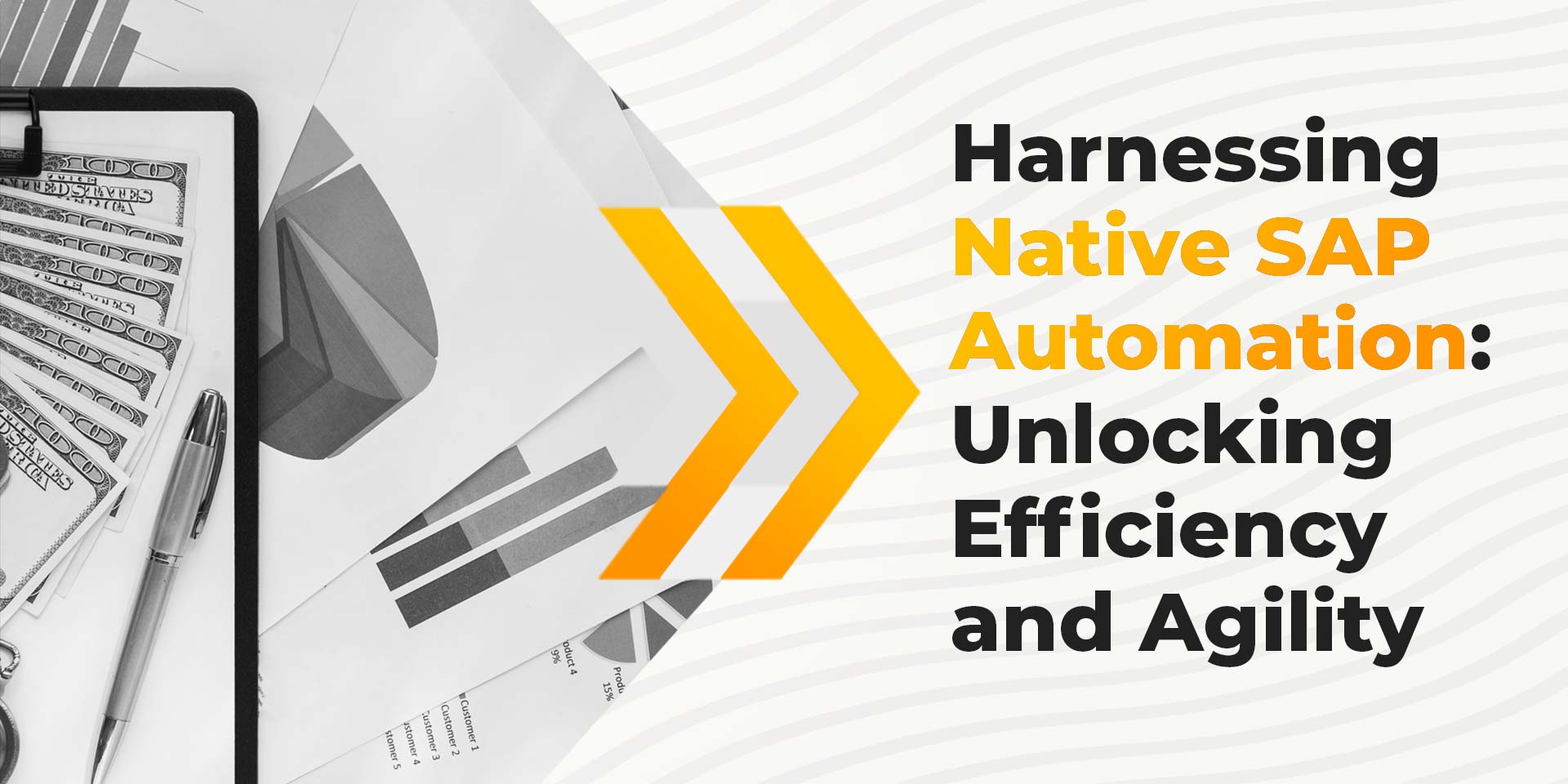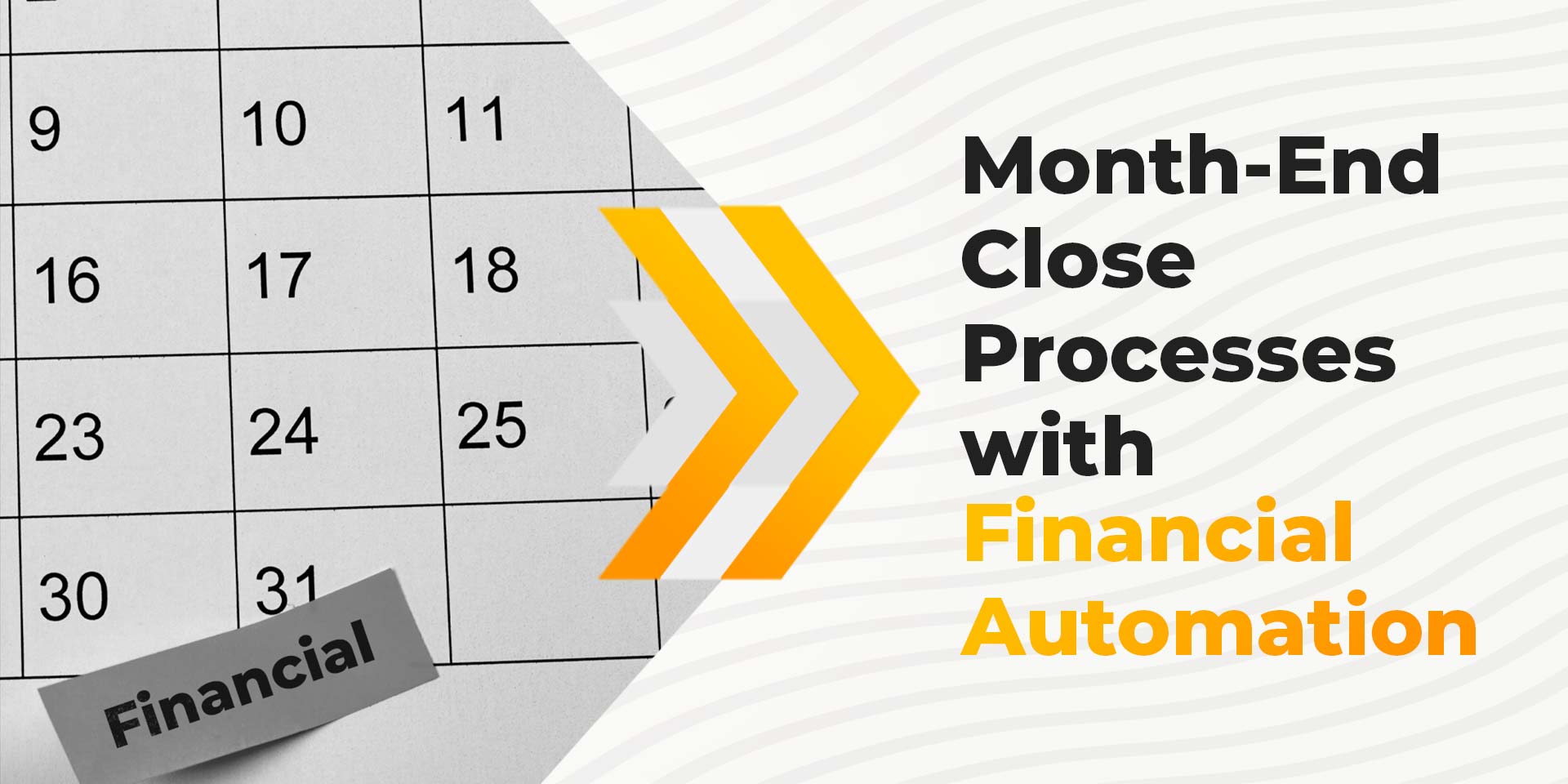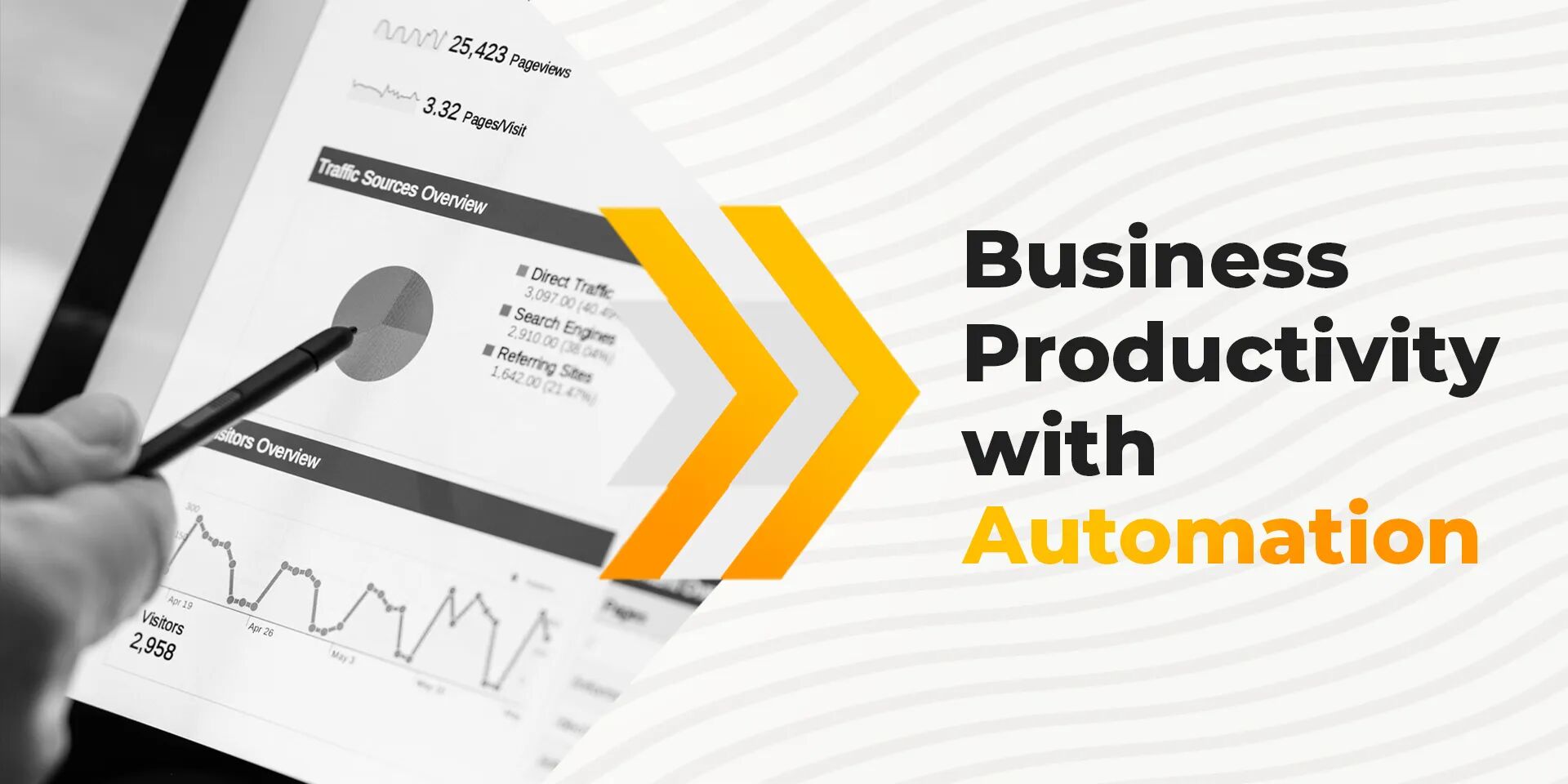Automation
Navigating the Challenges of Integrating Multiple Tools with a Universal Orchestrator

- Table of Contents
- Introduction
- The Landscape of Multi-Vendor RPA
- Multi-Vendor RPA Strategy Benefits
- Challenges in Implementing
- The Role of a Universal Orchestrator
- Conclusion
Introduction
Organizations are continually seeking innovative strategies to enhance efficiency, streamline processes, and stay ahead of the competition. The adoption of a multi-vendor approach to Robotic Process Automation (RPA) has emerged as a prominent trend, allowing companies to customize automation solutions based on specific needs.
While the benefits of a diverse toolset are undeniable, the integration of multiple tools presents its own set of challenges. This blog explores the hurdles faced in implementing a multi-vendor RPA strategy and how a universal orchestrator can serve as a solution to these challenges.
The Landscape of Multi-Vendor RPA
Before delving into the challenges, it's essential to understand the context of a multi-vendor RPA strategy. Companies are increasingly migrating towards using various RPA tools from different vendors, aiming to break free from the limitations of single-platform lock-ins. An increasing number of RPA buyers are expected to adopt a multi-vendor approach, highlighting the strategic importance of diversity in the RPA landscape.
Motivations for Multi-Vendor Strategies
Motivations for such migrations range from insufficient returns and complexity to decreasing the cost of ownership. Additionally, the prevalence of organizations using multiple RPA platforms underscores the need for a diverse toolset to avoid higher costs, reduced flexibility, and limitations in automation scope.
The Benefits of Multi-Vendor RPA Strategy
A multi-vendor RPA strategy brings several advantages, such as tailored solutions, flexibility, avoidance of vendor lock-in, access to a broader range of expertise, increased efficiency, and compatibility. However, to fully harness these benefits, organizations need to address the challenges associated with integrating and managing multiple tools effectively.
Challenges in Implementing a Multi-Vendor RPA Strategy
- Complex Integration Process
- Lack of Standardization
- Increased Maintenance Overhead
- Data Security Concerns
- Governance and Control
Integrating multiple RPA tools can be a complex and time-consuming process. Each tool comes with its own set of protocols, APIs, and compatibility requirements. Ensuring seamless communication and data exchange between different tools can become a daunting task, leading to delays in automation initiatives.
Diverse tools often mean varying standards and methodologies. Achieving standardization across automation processes becomes challenging, impacting control, governance, and overall efficiency. Maintaining consistency in coding practices, data formats, and workflow management becomes crucial but challenging.
With multiple tools in play, the maintenance overhead also increases. Each tool requires regular updates, patches, and troubleshooting. Managing different vendors' support structures and timelines can lead to inefficiencies and increased costs in maintaining the entire automation ecosystem.
Integrating various RPA tools may raise concerns about data security. Ensuring that sensitive information remains protected throughout the automation processes, especially when crossing tool boundaries, requires robust security measures. Failure to address these concerns can result in data breaches and compliance issues.
Another challenge of implementing a multi-vendor RPA strategy is maintaining governance and control over automation processes. With multiple RPA tools in use across different departments and business units, organizations may struggle to enforce standardized policies, ensure compliance with regulatory requirements, and maintain visibility into automation activities.
The Role of a Universal Orchestrator
To overcome these challenges and make the most of a multi-vendor RPA strategy, organizations can turn to a universal orchestrator. This centralized platform acts as a control center, providing a unified interface to manage and orchestrate various RPA tools seamlessly.
- Simplified Integration
- Standardization and Governance
- Centralized Maintenance
- Enhanced Security Measures
- Dynamic Resource Allocation
A universal orchestrator simplifies the integration process by acting as a middleware that connects different RPA tools. It abstracts the complexities of individual tools, providing a standardized interface for communication. This streamlines the integration efforts, reducing the time and resources required for connecting diverse tools.
With a universal orchestrator, organizations can enforce standardization across automation processes. The orchestrator ensures consistency in coding practices, data formats, and workflow management, fostering better control and governance. It becomes the centralized point for implementing and monitoring standardized practices.
By consolidating the management of various RPA tools, a universal orchestrator reduces maintenance overhead. Updates, patches, and troubleshooting efforts can be centralized, ensuring a more efficient and cost-effective approach to keeping the entire automation ecosystem up to date.
A universal orchestrator can include robust security features, addressing data security concerns associated with multi-vendor RPA. It acts as a gatekeeper, ensuring secure data exchange between different tools and enforcing encryption and authentication protocols to protect sensitive information.
A universal orchestrator enables organizations to dynamically allocate resources across multiple RPA tools based on workload demands and priorities. The orchestrator acts as a resource management platform that optimizes resource utilization, balances workload distribution, and ensures high availability and performance across automation workflows.
Conclusion
A multi-vendor RPA strategy offers organizations unparalleled benefits, but it comes with its share of challenges. The complexities of integrating and managing diverse tools can hinder the realization of these benefits. However, by implementing a universal orchestrator, organizations can navigate these challenges effectively.
A universal orchestrator serves as a powerful tool, simplifying integration processes, enforcing standardization, reducing maintenance overhead, and enhancing security measures. As organizations strive for sustained success in their automation initiatives, the strategic adoption of a universal orchestrator becomes a key factor in achieving greater control, standardization, and agility in the ever-evolving world of RPA. By leveraging the strengths of both a multi-vendor strategy and a universal orchestrator, organizations can stay ahead in the race towards automation excellence.
